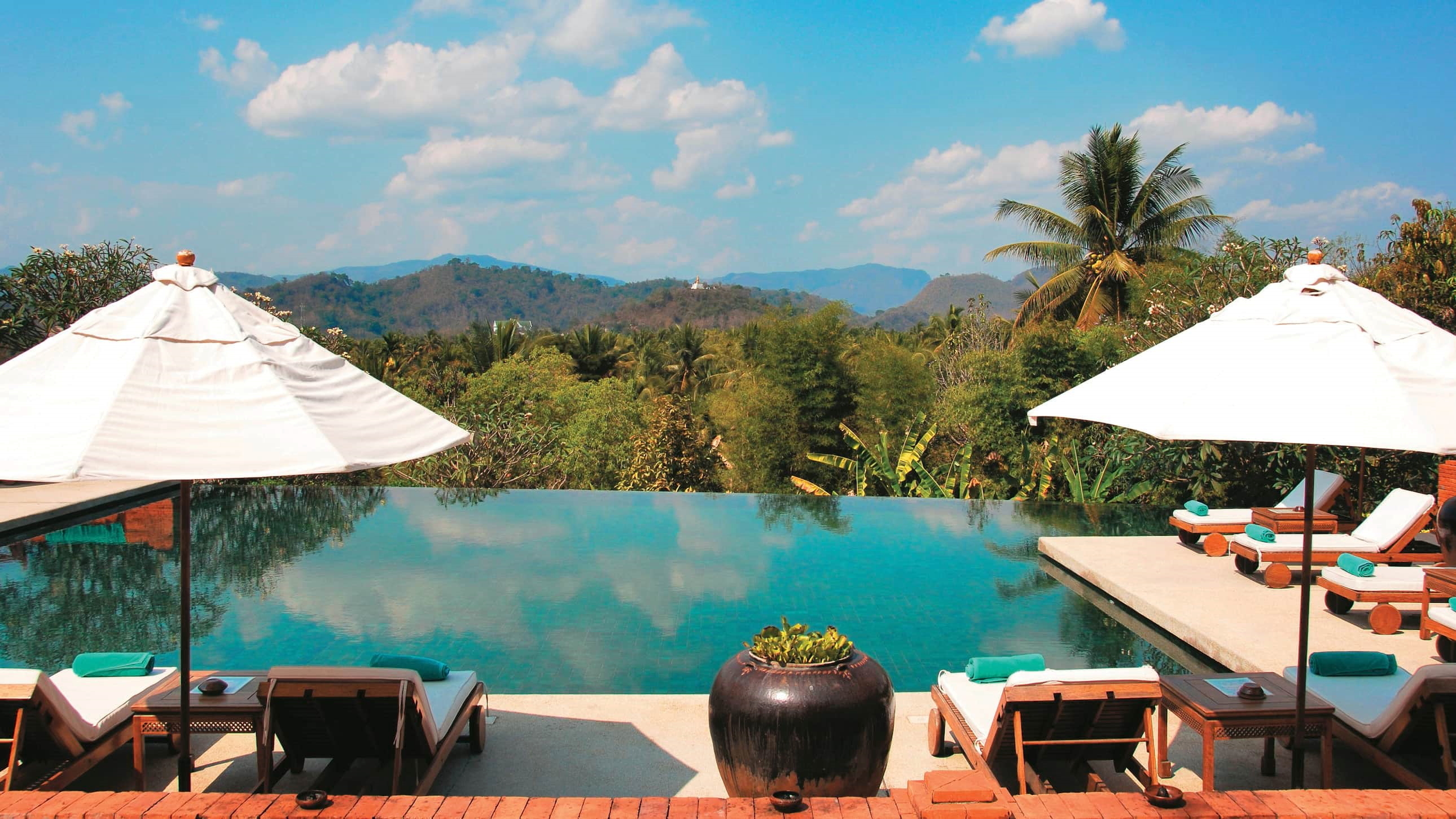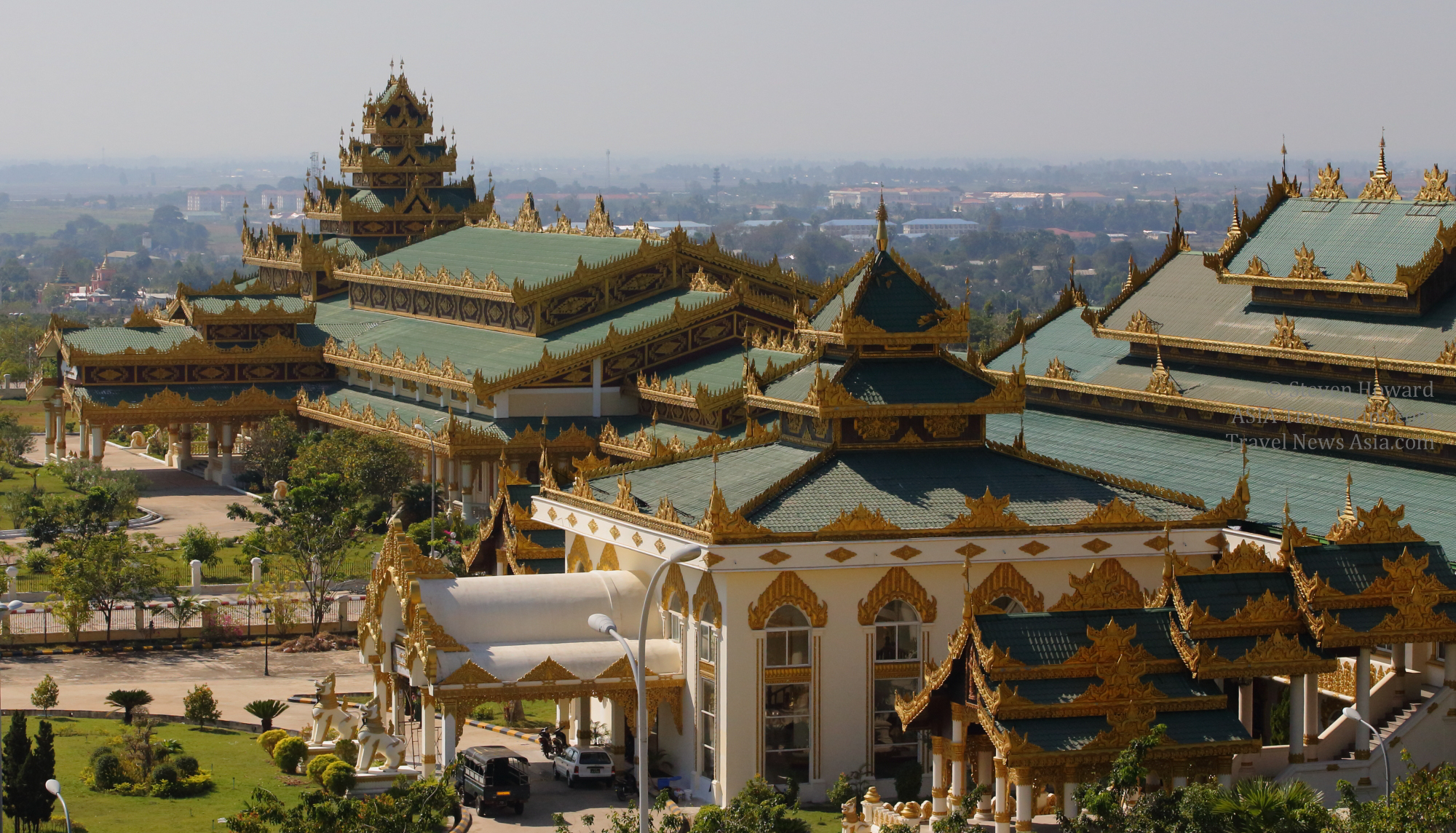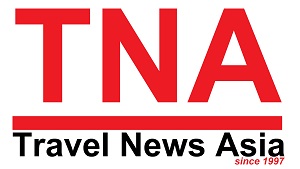|
The message that came out of the 7th MeTAG
webinar, organised by the Mekong Tourism Coordinating Office
(MTCO) in Bangkok last week, was clear - domestic tourism is going
to play a very important role for countries looking to rebuild
their tourism revenue.
COVID19 has caused over 508,000 deaths and, as of
04:33 GMT +7 on 1 July, there were 10,393,467 cases globally - an
increase of over 193,669 since 05:43 GMT +7 on 30 June. That's
roughly 8,420 new cases globally, every hour.
Many people around the world have had to take pay
without leave, had their salaries reduced, or even lost their jobs.
Just in the past few days, Qantas announced it would be laying off
over 6,000 jobs, Airbus is to layoff 15,000, Air France has said
it plans to cut 7,500 jobs, EasyJet, Jetstar Asia are also making
reduction, as are many more companies. In June, Cathay Pacific
said it had been losing between HK$2.5 and HK$3 billion dollars
every month since February, and many other airlines are in a
similar position.
All that is just a tiny, tiny fraction of
the global economic problem that is gradually building and heading our way. Think of the
street food vendors, the ice cream parlours, the restaurants,
bars, tour operators, tuk tuk drivers, hotel workers, and so many
others who all rely on tourism in some way or other to survive,
and you begin to see why domestic tourism is so very important.
And COVID19 is not slowing down, the rate of
infections is growing rapidly. On Monday (Geneva time),
Dr. Tedros Adhanom Ghebreyesus,
Director-General, of the World Health Organisation (WHO), said,
"We all want this to be over. We all want to get on with our
lives. But the hard reality is, this is not even close to being
over. Although many countries have made some progress, globally
the pandemic is actually speeding up."
Laos, one of the countries represented at the
7th Mekong Tourism Advisory Group's (MeTAG) webinar, has already
put together a tourism recovery action plan from now up to 2025
that is under consideration by the government.
As Laos' borders are closed and no international
flights allowed into the country, the plan's short term proposal
is to increase domestic tourism by extending the number of national
holidays and encourage residents to explore the beauty that Laos
has to offer.

The country reopened its domestic tourism business
on 27 May and domestic flights are now operating.
Mr. Somxay Sipaseuth, Laos' Director of Tourism
Planning and Development, said, "For domestic tourists now, during
the COVID period from January to March there were no movements.
After that, especially the people from Vientiane are travelling to
Vang Vieng, now it is full booking and the hotels and restaurants
also discount, especially for Vang Vieng and Luang Prabang ... The
number [of domestic tourists] we calculate from the branch office
in each province is over two million, approximately."
All sectors of the industry are trying to attract
a portion of those two million domestic tourists, from budget
hotels to the very best 5-star hotels. The Belmond La R�sidence
Phou Vao reopened today, and Iain Langridge, Belmond's Divisional
MD Asia Pacific,
said in an exclusive video interview that the hotel has
received a good number of forward bookings and even requests from
some wealthy clients to book the whole property for a few days.
As it is currently the rainy season in Laos,
traditionally also the low season for inbound tourism, it is a
popular time of year for wealthy Laos people and expats to take a
break and go on holiday to Europe, Australia or somewhere closer
to home. This may represent an opportunity for the domestic
tourism market in Laos, says Janina Bikova, an Ecotourism Advisor
for the Wildlife Conservation Society (WCS) in Laos.
"I
think it is an interesting opportunity this year for Laos. Of
course, we are all upset about the current situation, but I think
we need to try to see the bright side, where it's possible," said Janina
during the webinar. "Laos should embrace
all those travellers who would normally not necessarily travel
much in Laos, but this year are forced to travel in Laos because
the borders are closed ... I hope that local travellers will learn
more about the beauty of their country and therefore travel even
more in the future within their own country. They still might
travel long-haul, but a little bit less, and appreciate more what
they have on their doorstep."
Susie Martin from the Laos Buffalo Dairy said they
have seen an increase in domestic visitors from within Laos, but
also highlighted the fact that numbers and revenue are much lower
than normal. "It's nothing like our normal levels of tourism, and
even though this is low season because it is holidays for the
northern hemisphere, school holidays and even shorter school
holidays in the southern hemisphere we are missing a lot of
tourism revenue this year, but we are seeing some expats and local
Laos people from Vientiane and Vang Vieng coming to visit," Susie
said.
Myanmar, another beautiful country in the Mekong
region, has already entered the second phase of its COVID19
tourism relief plan. The first phase, from April - June 2020, was
mainly about survival and included self-finance and stimulus
packages. The second phase, which runs from June to August,
concerns re-opening and involves relaxing the lockdowns and
quarantine measures. Phase three, from August 2020 to January
2021, targets re-launching and will focus on "Reinventing Tourism
in Myanmar" and relaxing regulations.

Mr. Hla Myint, Director Promotions Department,
Myanmar�s Ministry of Hotels and Tourism, said that the country
will start with domestic tourism and to help that initiative
restrictions on foreigners travelling within the country have been
lifted so they can move around and stay at hotels without issue.
"We do not have systematic
data collection for domestic tourism, but last year we had
approximately 1 million domestic tourists travelling across the
country. Mostly for pilgrimage tourism and to beaches, they go to
places to enjoy different kinds of food and sightseeing ... Now
Myanmar has a larger middle class, they travel to beaches, they
travel to Yangon and they travel to Mandalay. The culture has
changed, before they used to stay in the houses of friends or
relatives but now they stay in hotels," Mr. Hla Myint said.
Myanmar's flagship destinations are places such as
Yangon, Mandalay, Bagan, Inle, and the truly stunning Ngapali Beach.
But what are
some of the less well known areas that the country is trying to
promote to domestic tourists?
Kyi Kyi Aye, Senior Tourism Advisor, Myanmar Tourism
Federation, said, "If we look at the new normal situation, people
will not like to go to places where there are more people as they
come out of the stay at home situation. Even in Yangon, there are
many less known areas in Yangon where you can have pleasure and
where you can escape from your home and have a safe destination
... Bagan is well known, but there are also many less unknown
areas within Bagan where they do not need to visit the pilgrimage
sites of pagodas and temples ... And there are many places where
you can escape to in your own car. Now the demand is such that
people would just like to escape from wherever they are in their
own private vehicle."
One issue that the webinar highlighted was the
problem every country faces in actually compiling data on domestic
tourism. It is very difficult for a country to decide who is a
domestic tourist and who is not. For example, how far do you have
to travel from home before you become a domestic tourist, how much
of a restaurant's revenue comes from tourists and how much is from
people who live locally - what if a tourist is taken to a
restaurant by a local, and with Airbnb becoming more popular,
how do you calculate the local spend of tourists on shopping and
transportation etc. Each country has its own methodology, but as
domestic tourism becomes more and more important we may see some
new and more high-tech solutions to this issue.
Jens Thraenhart, Executive Director of MTCO, said, "I want to congratulate all the GMS
countries for doing a tremendous job in really trying to put
strategies in place and looking at creative ways, as well as
travel bubbles, to build bilateral relationships with countries.
As Hla Myint explained how complex that can be, you can't just say
OK today I am going to open up from Myanmar to Thailand, there's a
lot of different pieces that come into play to make that actually
happen."
Consistency has been an issue many industry bodies, such as IATA,
ICAO and UNWTO, have raised since COVID19, and Jens touched on
this, saying, "We are facing some real inconsistency when it comes to
policies. Trust is the new gold in building confidence, that
doesn't help consumers who are looking to travel from anywhere in
the world if it is from Europe, Australia or even in Asia, to any
other place, when really you do not know how one country is
different from the next ... When it comes to our region here, we
are somewhat fortunate when we look at the [COVID19] numbers presented, its
either very low numbers and high recovery and very low new
infections, so I think we are in a region where we can really
now fundamentally plan to restart tourism."
COVID19 certainly has a lot to answer for, but it
can be beaten and absolutely must be beaten for any domestic,
regional or long-haul tourism plans to work. To do that, each and everyone of us has a role to
play in protecting not only ourselves, but others as well.
"It's six months since the
virus started, it could be like a broken record to say exactly the
same thing, but the same thing works - test, trace, isolate and
quarantine cases, that's for the government to do. And second, hand
hygiene for each individual, of course wearing masks and the other
things that can be done, social distancing at individual level. It
works and save lives. And that's still our message. But of course
we should look for vaccines and the rest, but the simple and basic
public health works and that's what we're saying," said
Dr. Tedros of the WHO on Monday.
See latest
Travel News,
Video
Interviews,
Podcasts
and other
news regarding:
COVID19,
Domestic Tourism,
Mekong,
Myanmar,
Cambodia,
Laos.
|
Headlines: |
|
|
